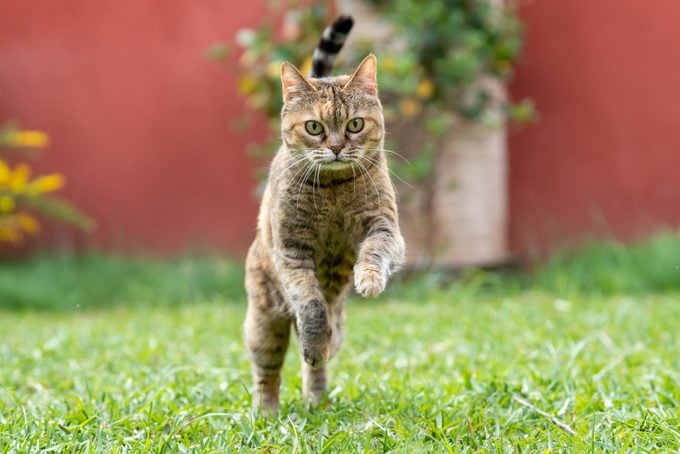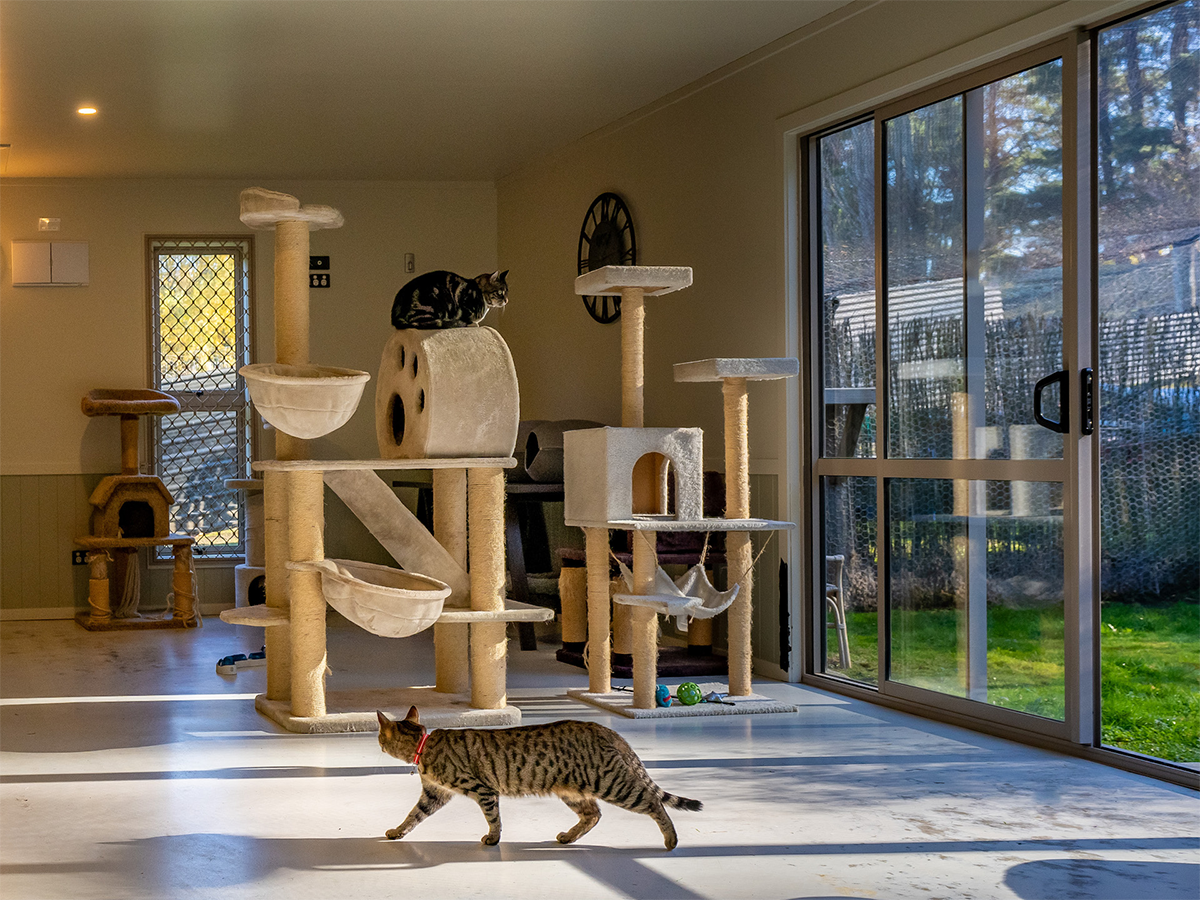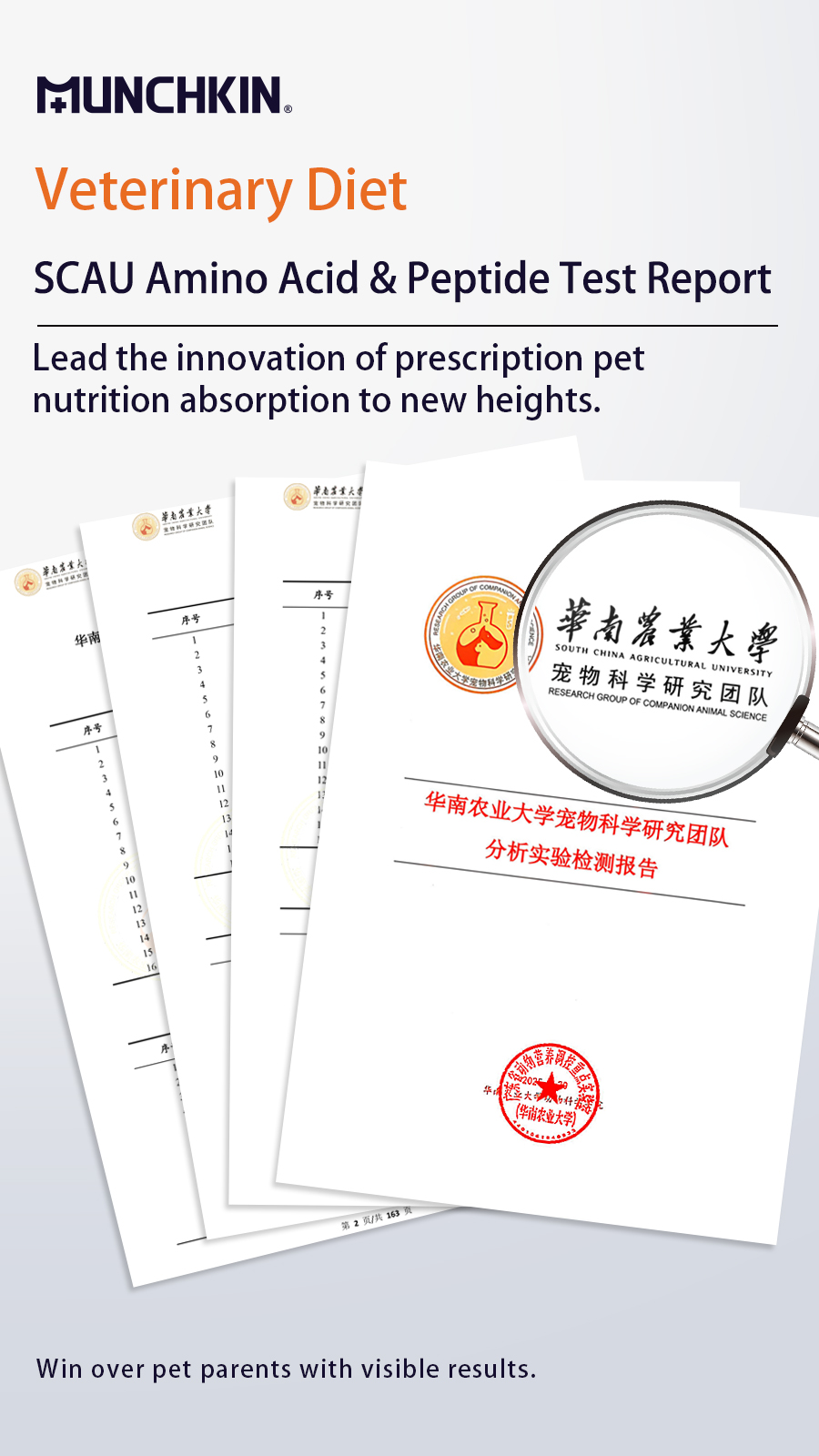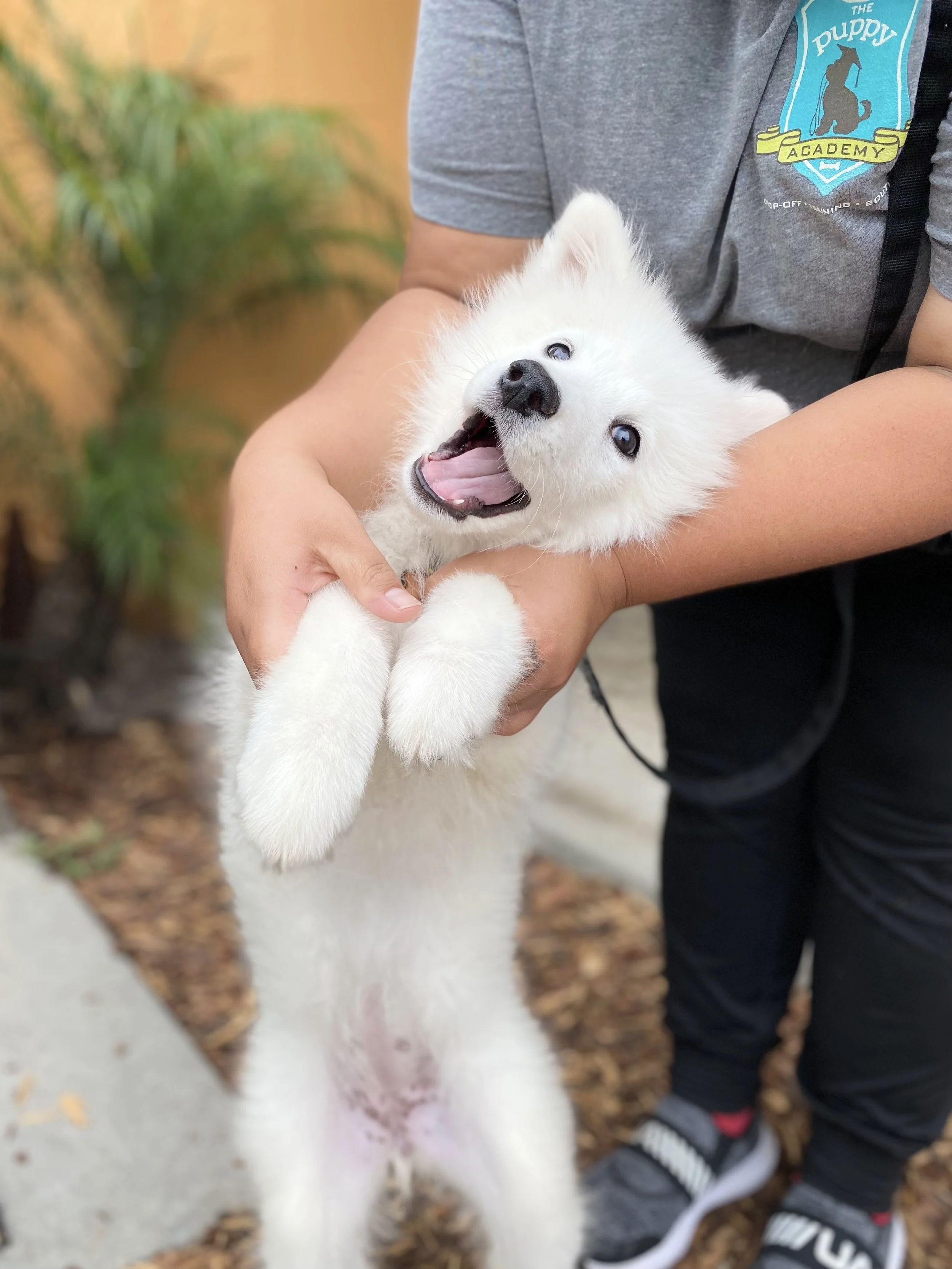
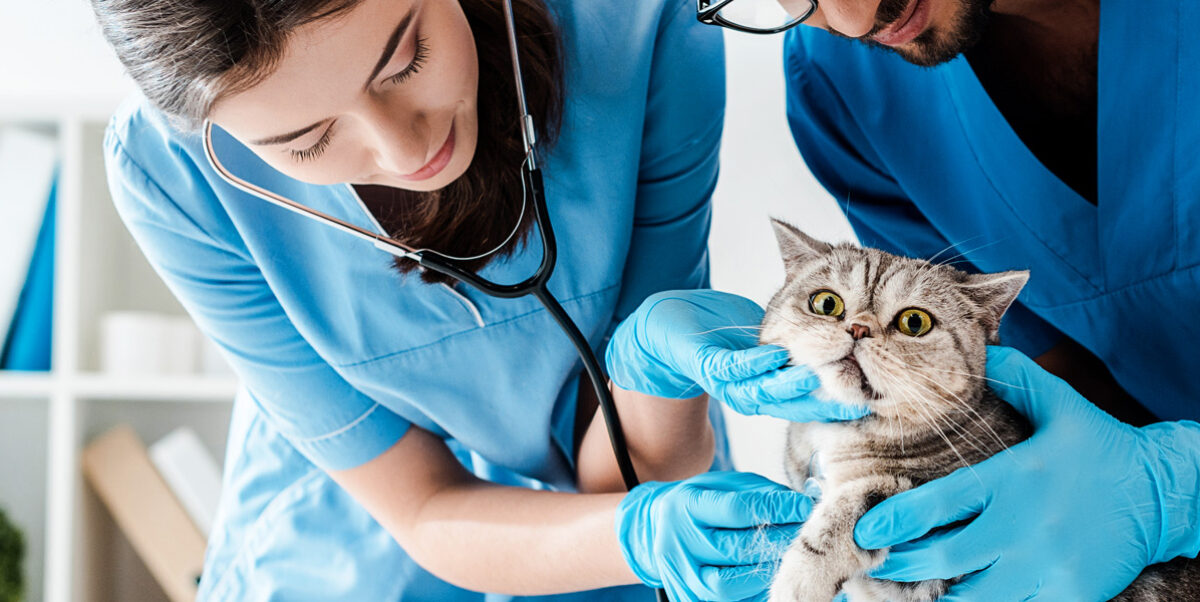
Nutritional Management for Canine and Feline Postoperative Recovery
Postoperative nutritional care is essential for enhancing recovery and reducing complications in dogs and cats. According to recent studies, integrating early enteral nutrition, careful macronutrient composition, and tailored veterinary-formulated diets significantly improves outcomes.
By Munchkin Veterinary Nutrition Research Center | Last Updated: July 4, 2025
🔹 Early Enteral Nutrition & Metabolic Support
Veterinary nurses should monitor cardiovascular stability, ensure analgesia, and assess nutritional risk before starting feeding.
🔹 High-Moisture Diets Promote Healing in Cats
🔹 Two-Phase Metabolic Recovery Protocol
The postoperative recovery process follows a biphasic pattern lasting approximately 14 days :
- Phase 1 (0–48 h): Trigger appetite and deliver recuperation nutrients (arginine, glutamine, taurine, omega-3) to support gut integrity.
- Phase 2 (Days 3–14): Supply protein, energy, and micronutrients to counter hypermetabolism, support wound healing, and promote immune function.
Key professional terms: hyper-metabolism, arginine, omega‑3 fatty acids.
🔹 Vet‑ERAS: The Veterinary Enhanced Recovery After Surgery Model
Important terms:
- Perioperative complication, multimodal analgesia, goal‑directed fluid therapy.
🔹 Role of OEM Veterinary Diet Factory in Recovery Diets
- High energy density, balanced macronutrients, and micronutrient fortification (e.g., arginine, taurine, omega‑3).
- Wet, palatable formulations ideal for tube‑feeding or anorexic patients.
- Integration of glycemic control and hydration status considerations for optimal healing.
🔹 Clinical Implementation & Nutritional Monitoring
Effective implementation requires multidisciplinary coordination:
- Veterinary nurses conduct nutritional assessments, identify malnutrition risk, and manage feeding protocols .
- Biochemical monitoring (e.g., BUN/SC, lipase, SOD) tracks inflammatory response, oxidative stress, and healing progression.
- Follow-up diets may include probiotics, arginine supplementation, and essential fatty acids to support long-term recovery.
Terminology to note: nutritional risk, biochemical monitoring, oxidative stress.
✅ Conclusion
Post-surgical nutritional strategy in companion animals should include:
- Initiation of enteral feeding within 24 hours.
- Use of high-moisture, nutrient-dense diets that enhance healing and immune response.
- A structured two-phase recovery plan with recuperative nutrients.
- Adoption of Vet‑ERAS protocols emphasizing fluid, analgesia, and feeding synergy.
- Collaboration with OEM veterinary diet factories to create customized, palatable, and therapeutic recovery diets.
By meeting resting energy requirements, managing the catabolic state, and ensuring balanced macronutrient and micronutrient supply, postoperative patients have better clinical outcomes, shorter hospitalization, and improved quality of life.



